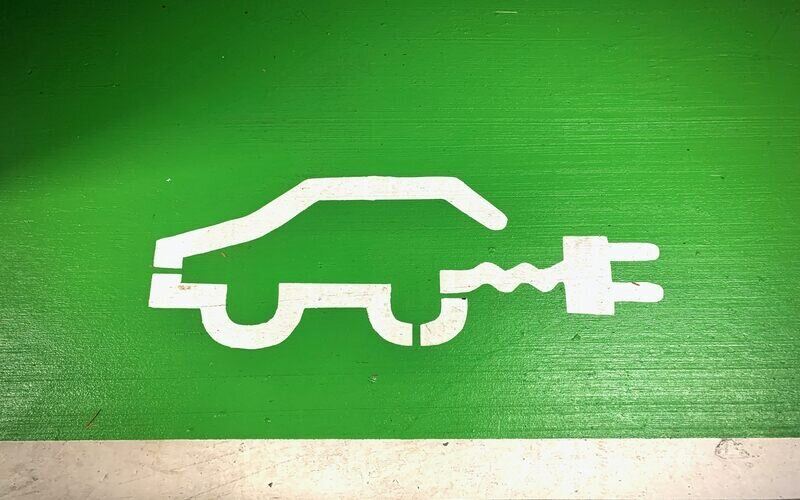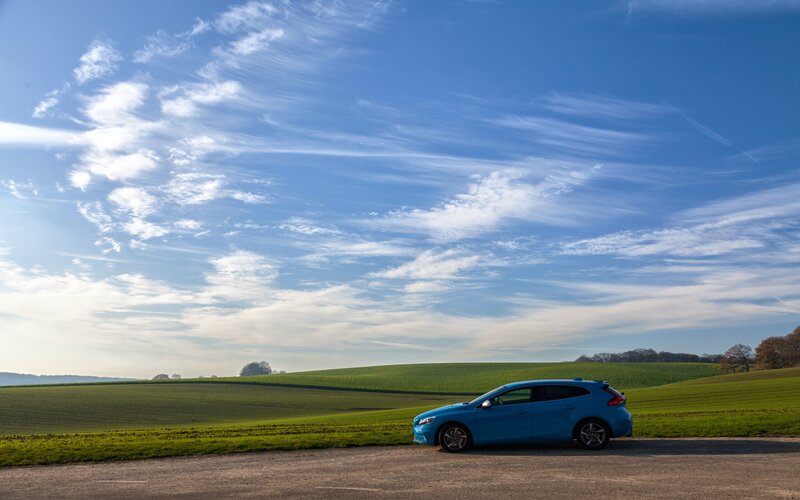According to the Australian Institute of Petroleum’s weekly fuel price report ending Sunday 14 April, the national average price of unleaded petrol rose by 3.5 cents in the past week to 144.5 cents a litre.
This is the highest point of unleaded petrol prices since November – a stark turnaround from just two months ago when the ACCC reported petrol prices hitting their lowest point since August 2017.
This will come as unwelcome news to many would-be Australian travellers, as many of us take off on a short holiday in the Easter-Anzac Day block.
Melbourne saw the biggest price increase, moving from 139 cents per litre (CPL) just one week prior to 153.8 CPL, the highest of any major city.
Sydney, meanwhile, has the lowest prices, which is somewhat surprising given the cost of everything else there.
Its weekly average price is now 139.1 CPL, up from 138.9 week-to-week.
Two cities meanwhile – Darwin and Adelaide – saw their petrol prices move down since the week before, falling by 0.5 and 6.2 CPL respectively.
Overall, capital city prices are currently sitting within the $1.35 – $1.58 a litre cost.
| City | Weekly Average CPL | Since last week (CPL) | Since last month (CPL) | Since last year (CPL) |
|---|---|---|---|---|
| Sydney | 139.1 | +0.2 | +8.9 | -5.4 |
| Canberra | 142.9 | +0.9 | 0 | -5.3 |
| Melbourne | 153.8 | +14.8 | +25.3 | +18.0 |
| Brisbane | 144.9 | +5.5 | +5.8 | +6.4 |
| Adelaide | 140.1 | -6.2 | -6.6 | -3.9 |
| Perth | 143.9 | +0.7 | +7.7 | +5.4 |
| Darwin | 139.3 | -0.5 | +3.5 | -9.3 |
| Hobart | 147.7 | +1.5 | +6.0 | -0.6 |
Source: Australian Institute of Petroleum
The national average unleaded petrol price rose by 3.5 CPL week-on-week. Compared to the same time last year, it’s up 3.3 cents.
Breaking the data down into different areas and you get slightly different stories: regional petrol prices are actually down year-on-year compared to our five biggest capital cities, where prices have risen by more than 4 cents.
| Weekly Average CPL | Since last week (CPL) | Since last month (CPL) | Since last year (CPL) | |
|---|---|---|---|---|
| National average | 144.5 | +3.5 | +9.9 | +3.3 |
| National metropolitan average | 145.3 | +4.9 | +11.1 | +5.0 |
| National regional average | 142.8 | +0.7 | +7.5 | -0.2 |
| Five major capital city average | 144.3 | +3.0 | +8.2 | +4.1 |
Source: Australian Institute of Petroleum
Meanwhile, other types of petrol have also seen increases.
Unleaded petrol (ULP), Premium unleaded (PULP95), E10 and Diesel all experienced roughly a 1 cent increase week-on-week, with diesel experiencing the biggest price increase over the past year.
| Weekly Average CPL | Since last week (CPL) |
Since last month (CPL) |
Since last year (CPL) |
|
|---|---|---|---|---|
| Unleaded Petrol (ULP) | 132.8 | +1.0 | +5.5 | +5.2 |
| Premium Unleaded (PULP95) | 142.2 | +1.0 | +5.4 | +6.0 |
| E10 | 131.2 | +1.0 | +5.7 | +5.3 |
| Diesel | 136.7 | +0.8 | -0.3 | 7.2 |
Source: Australian Institute of Petroleum
According to Ryan Felsman, Senior Economist at CommSec, petrol prices are set to remain at around $1.50 in the near term.
“Aussie motorists are faced with higher petrol prices as they head off on road trips for the Easter/Anzac Day holidays,” he said.
“Global oil prices are hovering around 6-month highs, and the average terminal gate price for Aussie capital cities has been on an upward trajectory since bottoming at $1.12 a litre at the beginning of the year.
Mr Felsman also said these high petrol prices could impact both consumer spending and future monetary policy.
“Aussie consumers are likely to stay cautious about their discretionary spending,” he said.
“Announced tax cuts from July 1 could boost consumption, but the strength of the jobs market remains key to the interest rate outlook.
“CommSec expects interest rates to be unchanged for the foreseeable future. But the loss of momentum across global economies means central banks are skewed to more accommodative monetary policies.”



 Denise Raward
Denise Raward
 Harry O'Sullivan
Harry O'Sullivan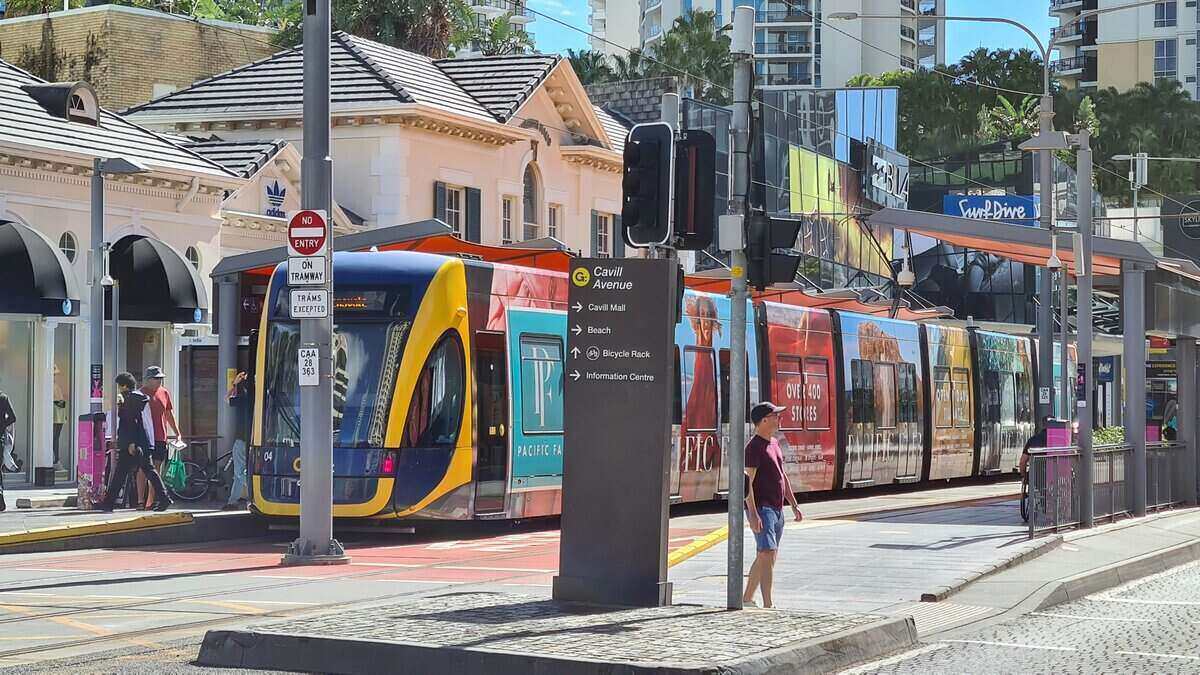
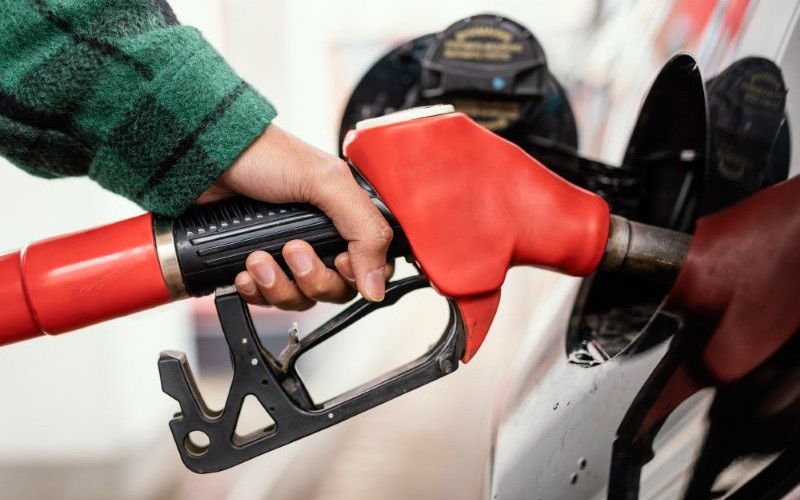
 Harrison Astbury
Harrison Astbury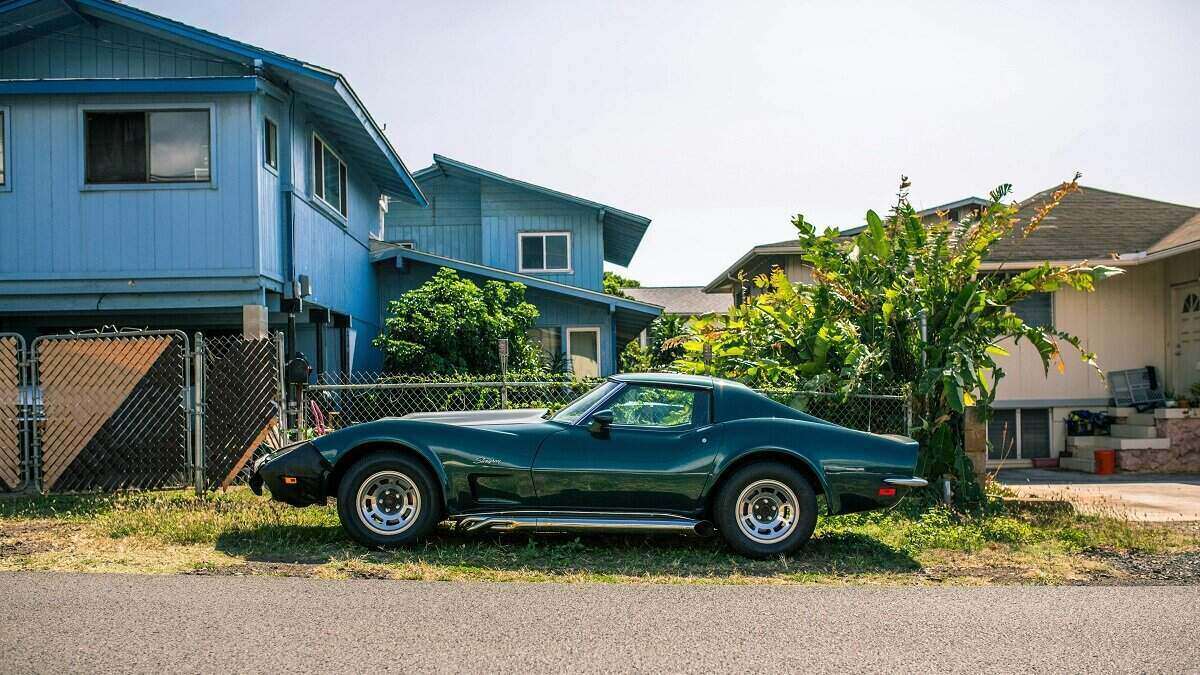
 Brooke Cooper
Brooke Cooper